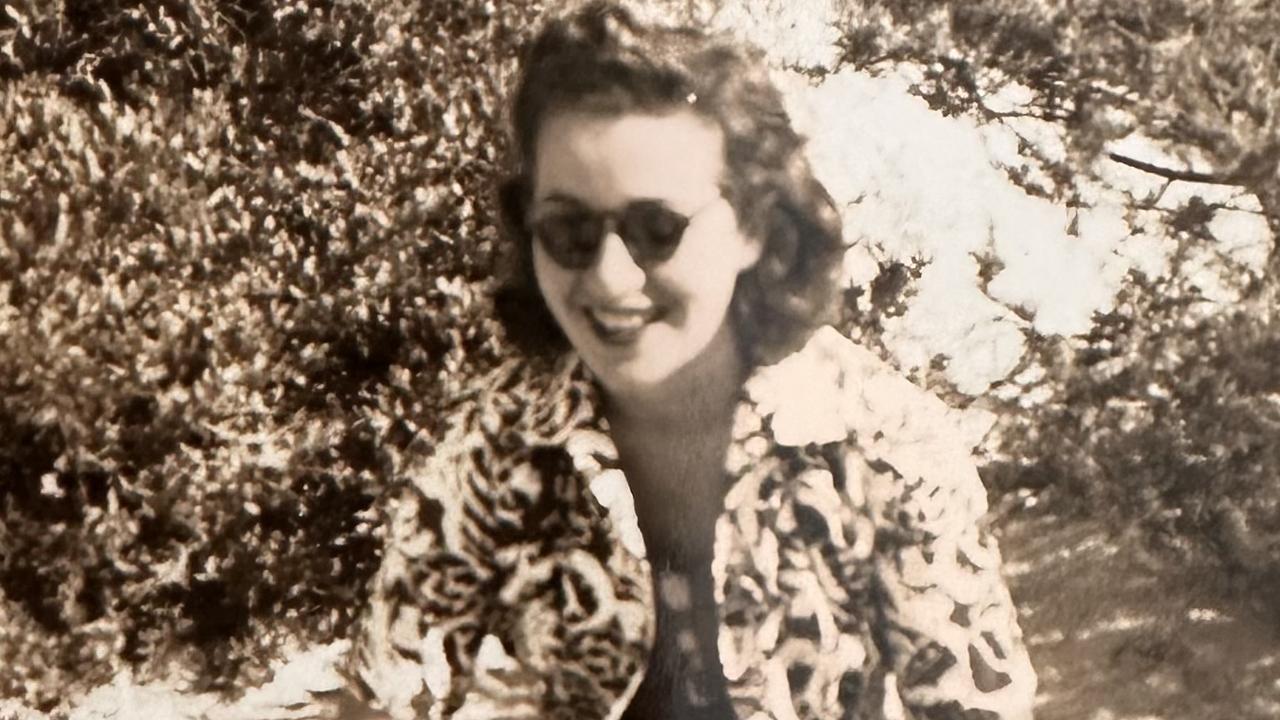Lake was once western Sydney’s Bondi Beach
WHEN summer heat hit the city from the 1920s to the ’60s residents of Western Sydney headed straight for Lake Parramatta.

Today in History
Don't miss out on the headlines from Today in History. Followed categories will be added to My News.
IT WAS Western Sydney’s Bondi Beach, the place to cool off in summer and to be seen in the latest fashion swimwear. For decades Lake Parramatta saved locals a trip to the coast or the mountains for a swim, allowing them to take a dip in a scenic, landscaped waterway without venturing too far from the bustling city.
But from the 1970s until 2006 the lake was off limits because of poor water quality but its rejuvenation has led to it becoming a popular swimming spot once again. Now the lake is set to have lifeguards patrolling its shores once again, a return to its golden age as a swimming hole of choice in the ’30s and ’40s.
Lake Parramatta was formed by a dam built at Hunts Creek in response to the need for a local water supply. Before Europeans arrived in the area the local people, the Burrmatagal, had simply drawn their fresh water from any of the various rivers and creeks in the area. Initially British colonists did much the same but as the European population began to grow it put pressure on those water sources, which were unreliable during drought or when spring tides pushed saltwater upstream from Sydney Harbour.
In 1815 authorities sunk a public well in an attempt to increase the water supply, but it was still not enough. In 1818 Governor Lachlan Macquarie ordered the building of a weir on the Parramatta River at Marsden St to contain some of the saltwater from the tides and ensure some of the freshwater was contained within the small dam.
Flash floods soon damaged the weir wall, but it did its work for several years, allowing water carts to deliver to local homes. By 1831 the population had grown to such an extent that another weir was built further upriver.
The growth of industry along the river, particularly the increase in tanneries and wool washing, soon caused problems with pollution. Combined with a drought in the 1840s, this made the problem of water supply critical for the burgeoning town. The council looked for places to build a new reservoir, finding a spot on Hunts Creek at North Rocks a suitable location.
In 1846 the Parramatta District Council asked the colonial government for funds but the request was initially refused, because water supply was considered a local government responsibility. After hard lobbying the funds were finally approved in 1850.
However there was a snag with the Hunts Creek site most of which was on land owned by local orchardist James Pye. The other part was owned by William Charles Wentworth, who had not been consulted.
Another site was selected at Toongabbie Creek, but there were concerns it was salt water. The problem was solved when Pye bought the portion of Wentworth’s land earmarked for the reservoir.
In 1855 construction finally began on a circular dam, thought to have been designed by Captain Percy Simpson, builder of the Great North Road. It was completed in 1856, Australia’s first large dam and only the second dam in the world to employ a cylindrical arch. At the time it was used more often as a swimming hole because there were no pipes connecting it to the town water supply.
The council found it did not have eligibility to be a water authority and when this was corrected in legislation it found it lacked funds to carry out the pipe construction. It was not until the 1880s that pipes were installed and water was finally piped from the reservoir, with a pumping station erected and unemployed men given work landscaping the surrounding area.
The dam ran dry in 1885 and the wall was raised over three metres in 1898 but in 1809 the lake was disconnected from the reticulated water supply as the Metropolitan Water Board took over supplying water to Parramatta.
The council threw open the gates of the reserve to swimmers and the lake took on a new life. In the ’30s Australia’s largest fresh water lifesaving club was formed at Parramatta and bathers enjoyed patrolled shores amid this western oasis.
Water quality was occasionally affected by droughts and pollution and by the 1970s the water had become too murky for swimming. The lake was declared a no swimming area in the ’80s but a program to improve water quality in the ’90s saw Sydneysiders able to take the plunge again in 2006.
troy.lennon@news.com.au


